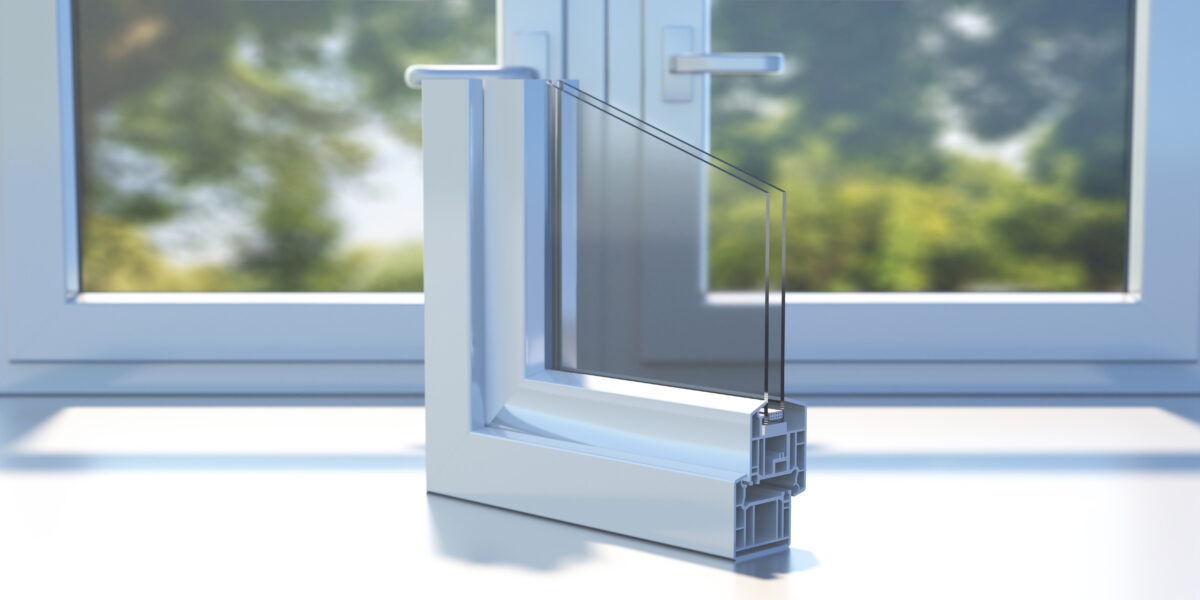In the realm of home improvement, the quest for peace and tranquillity is paramount. As homeowners, we seek solutions that not only enhance comfort but also shield us from the cacophony of the outside world. Two popular options that promise to achieve these goals are acoustic glass and double glazing. But how do they differ, and which option is best suited to your needs? In this comprehensive guide, we’ll delve into the distinctions between acoustic glass and double glazing, exploring their unique features, benefits, and applications.
How Acoustic Glass Helps to Reduce Window Noise?
Acoustic glass plays a vital role in reducing window noise by utilising specialised construction and materials designed to dampen sound waves. Here’s how acoustic glass achieves this:
- Multiple Layers:
Acoustic glass typically consists of multiple layers of glass, often with varying thicknesses. These layers act as barriers that help to absorb and deflect incoming sound waves, preventing them from penetrating the interior of the building.

- Interlayers:
Between the layers of glass, acoustic glass incorporates interlayers made of materials such as polyvinyl butyral (PVB) or ethylene-vinyl acetate (EVA). These interlayers are specifically engineered to absorb and dissipate sound energy, further reducing noise transmission through the glass.
- Thickness:
Acoustic glass is generally thicker than standard glass, which contributes to its superior soundproofing properties. The increased thickness provides additional mass, making it more difficult for sound waves to pass through.
- Damping Properties:
The interlayers in acoustic glass are viscoelastic materials that possess damping properties. This means they can convert sound energy into heat energy as it passes through the glass, effectively reducing the intensity of the noise.
- Tight Seal:
Acoustic glass units are installed with tight seals to minimise air leakage around the edges. This prevents sound from leaking through gaps between the glass and the window frame, ensuring maximum soundproofing effectiveness.
- Specialised Testing:
Acoustic glass undergoes rigorous testing procedures to evaluate its soundproofing capabilities. These tests assess the glass’s ability to reduce noise across various frequencies, ensuring that it meets industry standards for noise reduction.
Overall, acoustic glass combines advanced construction techniques and materials to create windows that effectively reduce noise transmission, providing occupants with a quieter and more comfortable indoor environment. Whether you live in a bustling urban area or near a busy road, acoustic glass can help create a peaceful retreat within your home.
Key Differences Between Acoustic Glass and Double Glazing
| Aspect | Acoustic Glass | Double Glazing |
| Soundproofing Properties | Specifically designed to minimise noise transmission. | Provides some level of sound insulation but primarily focuses on thermal efficiency. |
| Construction and Composition | Multiple layers of glass with interlayers absorbs and dissipates sound waves. | Consists of two panes of glass separated by a spacer, primarily aimed at reducing heat transfer. |
| Thickness and Weight | Tend to be thicker and heavier due to additional layers and interlayers for sound insulation. | Typically thinner and lighter compared to acoustic glass. |
| Cost Considerations | More expensive due to specialised construction and enhanced soundproofing capabilities. | Generally more cost-effective compared to acoustic glass. |
| Aesthetic Appeal | Maintains transparency and visibility, allowing natural light to enter while providing soundproofing benefits. | Can create slight distortions in visibility due to the spacer, affecting aesthetic appeal. |
| Environmental Impact | Contributes to energy efficiency by reducing heat transfer and enhancing thermal insulation. | Offers energy efficiency benefits but may not provide the same level of soundproofing. |
| Applications and Use Cases | Commonly used in areas where noise pollution is a concern, such as bedrooms, home offices, and living rooms. | Suitable for general thermal insulation purposes and widely used in residential and commercial buildings. |
Cracked Glass Repair: Ensuring Optimal Performance
Before considering the installation of acoustic glass or double glazing, it’s essential to address any existing issues with your windows, such as cracked or damaged glass. Cracked glass not only compromises the aesthetic appeal of your home but also undermines its structural integrity and energy efficiency. Professional cracked glass repair services can restore your windows to their optimal condition, ensuring they are ready to accommodate the desired glazing solution.
Acoustic cracked glass repair involves specialised techniques to restore the structural integrity and soundproofing capabilities of the glass. Here’s an overview of how acoustic cracked glass repair is typically carried out:
- Assessment: The first step in acoustic cracked glass repair is to assess the extent of the damage. A qualified glass repair technician will examine the crack to determine its size, location, and severity. This assessment helps determine the most appropriate repair method.
- Preparation: Before beginning the repair process, the area surrounding the crack is thoroughly cleaned and prepared. Any debris, dirt, or loose glass fragments are removed to ensure a clean and smooth surface for the repair.
- Injection of Resin: For small cracks, a resin injection method is often use to fill the damage area and restore the glass’s integrity. A special resin is inject into the crack under pressure, penetrating the entire length of the fissure and bonding with the surrounding glass.
- Curing: Once the resin has been inject, it is allow to cure and harden. This process typically involves exposing the repaired area to ultraviolet (UV) light, which activates the curing process and ensures a strong and durable bond.
- Smoothing and Polishing: After the resin has cure, any excess material is carefully trimm away, and the repaired area is smooth and polish to match the surrounding glass surface. This helps to ensure a seamless finish and restore the visual clarity of the glass.
- Quality Assurance: Finally, the repair glass is subject to rigorous quality assurance checks to ensure that it meets industry standards for strength, durability, and soundproofing effectiveness. This may involve conducting sound transmission tests to verify that the repair has restored the glass’s acoustic properties.
Conclusion
While both acoustic glass and double glazing offer benefits in terms of comfort and energy efficiency, they serve different purposes and cater to distinct needs. Acoustic glass excels in soundproofing, providing a quieter indoor environment, while double glazing prioritises thermal insulation. At CUIN Glass, we understand the importance of selecting the right glazing solution for your home. Whether you’re looking to reduce noise pollution with acoustic glass or enhance thermal efficiency with double glazing, our expert team is here to provide tailored solutions to meet your needs. Contact us today to explore our range of high-quality glazing products and elevate your home to new levels of comfort and tranquillity.




